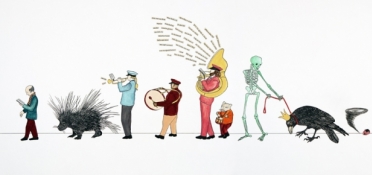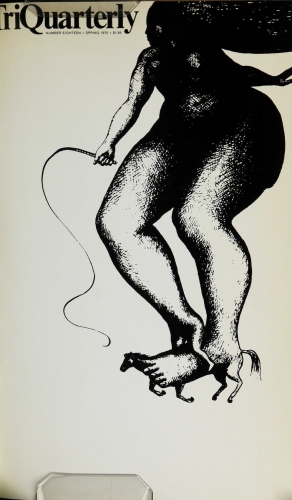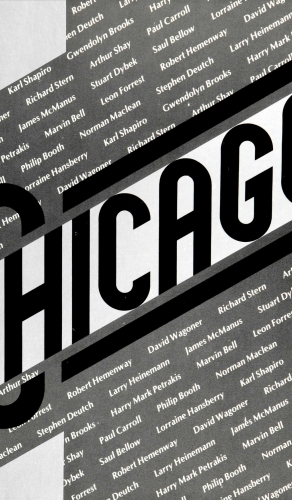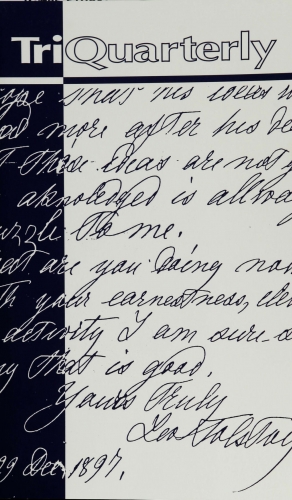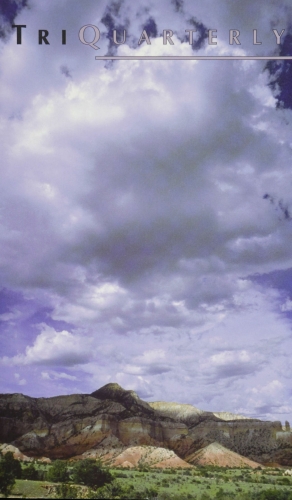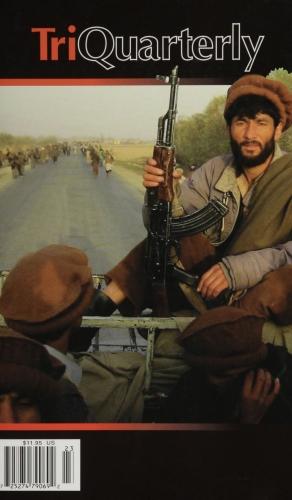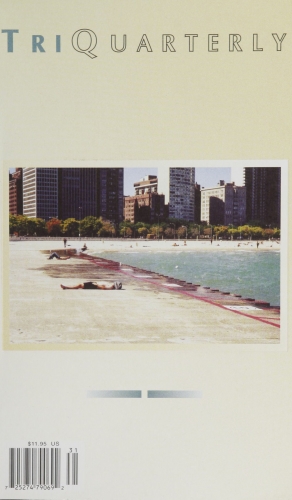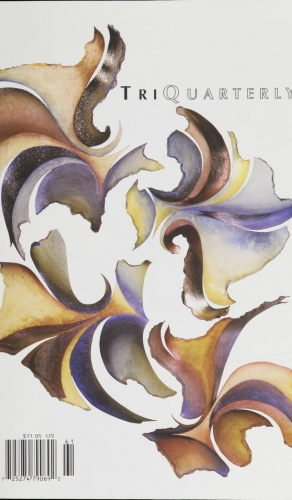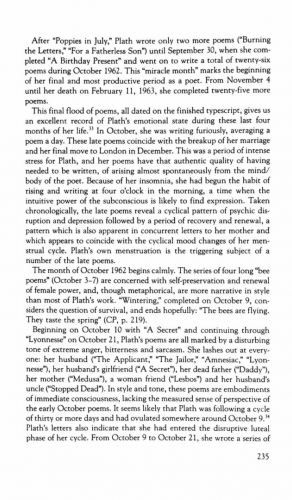Everyone who worked to make TriQuarterly an online journal wanted to create a beautiful, highly functional site designed with the reader in mind. We hope our readers will continue to enjoy the look and use of our site. But there was a second goal, too—a very large one that seemed both difficult and tremendously exciting. This was to digitize and upload the entire print history of TriQuarterly and make it available everywhere without any cost to readers. TriQuarterly’s history as a print journal is a unique and (we believe) peerless resource for readers and for those who study late-twentieth century and twenty-first century writing.
TriQuarterly’s earlier history is the documentation of an explosively creative time, especially in short fiction. Also, the special issues—so various, often compendious, and unusual, from the 1960s to the early 1990s—are now fascinating windows on writers, topics and places that were part of the continuous remaking of literary culture both in the U.S. and abroad. The special issues include a massive, groundbreaking issue on the history of the “little magazine” in America; the early book-length collection of essays on Jorge Luis Borges; the two cold-war volumes of translated “Russian Literature and Culture in the West”; the Nabokov issue and the Sylvia Plath issue (first gatherings of essays on these writers), as well as those on Leszek Kolakowski and Thomas McGrath; the conceptual art issue; the boxed two-volume issue filled with what is now, almost 40 years later, called “flash fiction”; the special issues of the 1980s and early 1990s on South Africa (the first imagining in the U.S. of what a post-apartheid literary culture might and should look like), Spain after the end of censorship, Poland under martial law, Mexico (the first collection of translated Mexican writing since the poetry anthology of Octavio Paz and Samuel Beckett in the late 1950s ), and writing about Chicago; the issues with special features on poetry from India and Chiapas; the extensive presentation of the work of William Goyen and John Cage. To say nothing of all the general issues, including the many published between 1974 and 1981 that focused so often on what was new and exciting in American fiction, and the 1990 anthology issue of the best fiction published in TQ during the 1980s.
Digitizing this rich trove is well under way, and on the occasion of the publication of this issue, TriQuarterly 148, we offer our readers the first sampling of the print issues, selected from different eras of the magazine’s print life. Over the next year or so, we will upload all of TriQuarterly from #1 to #137.


